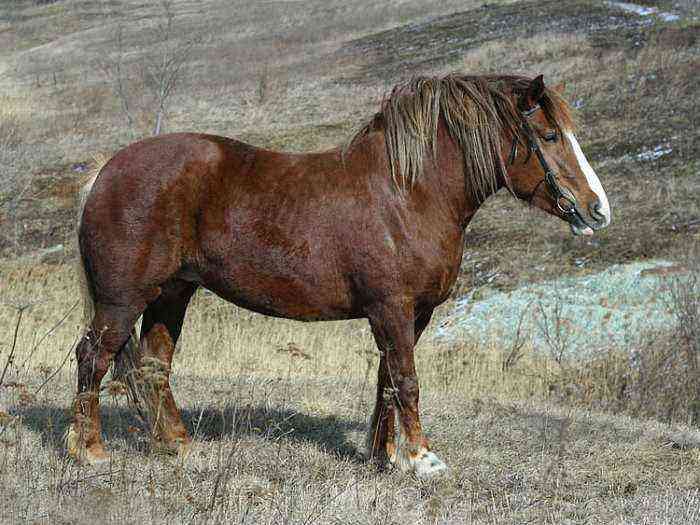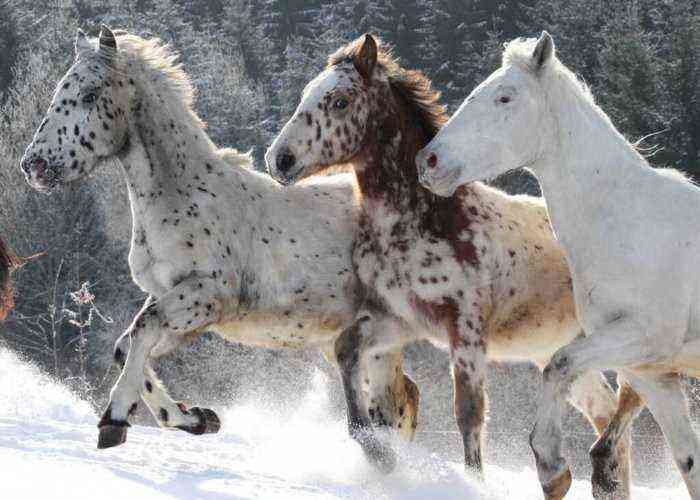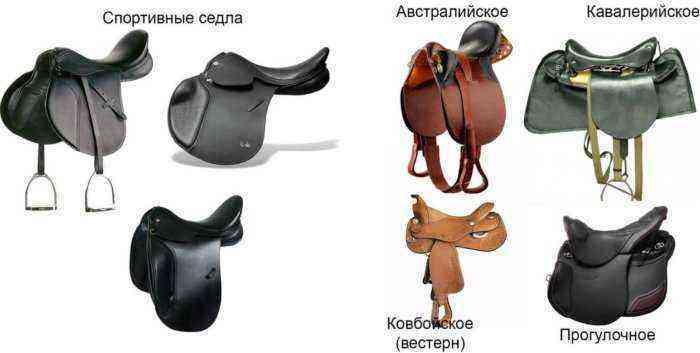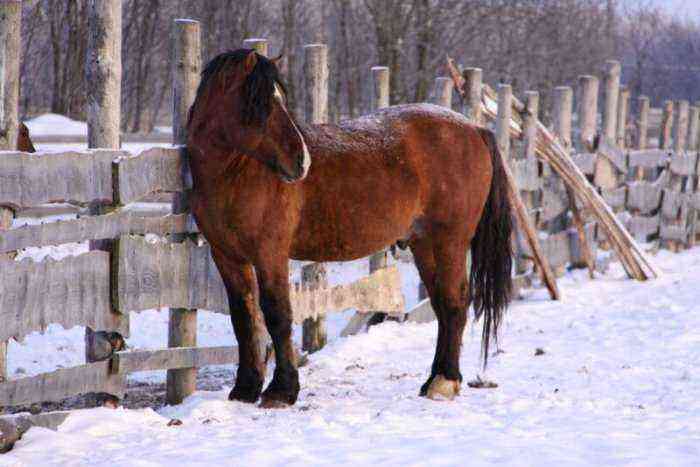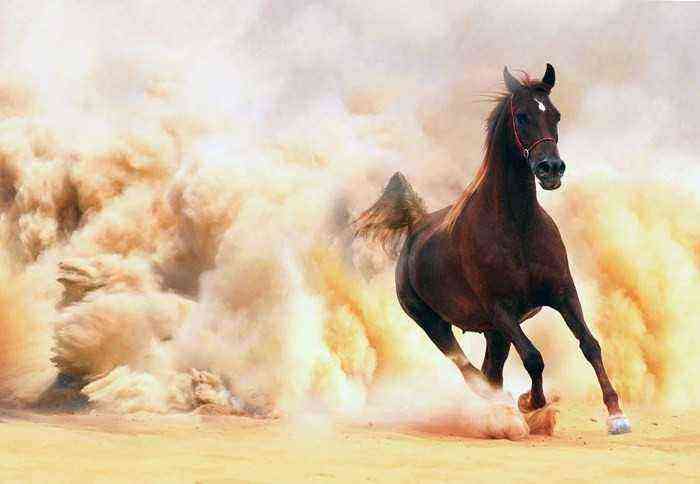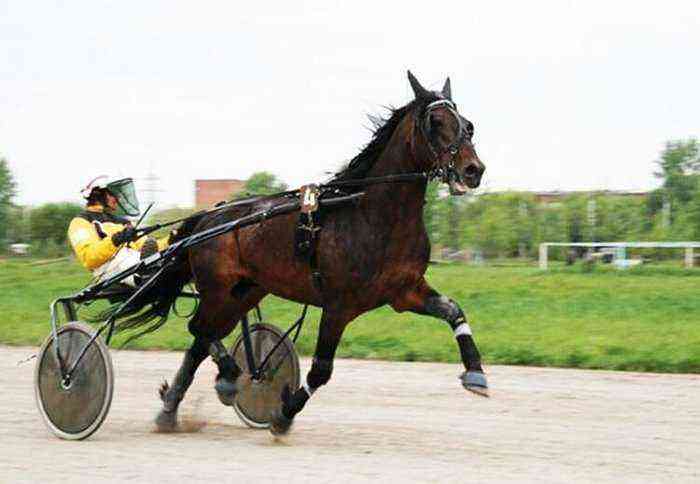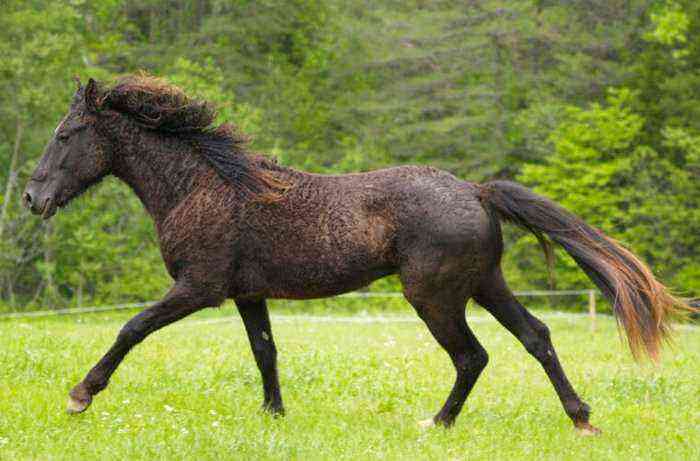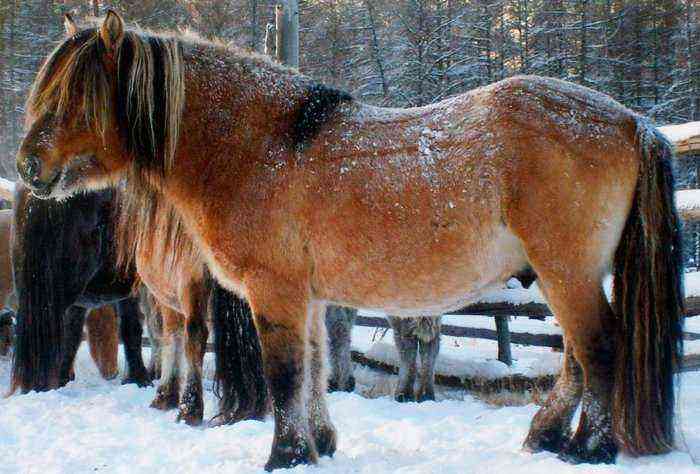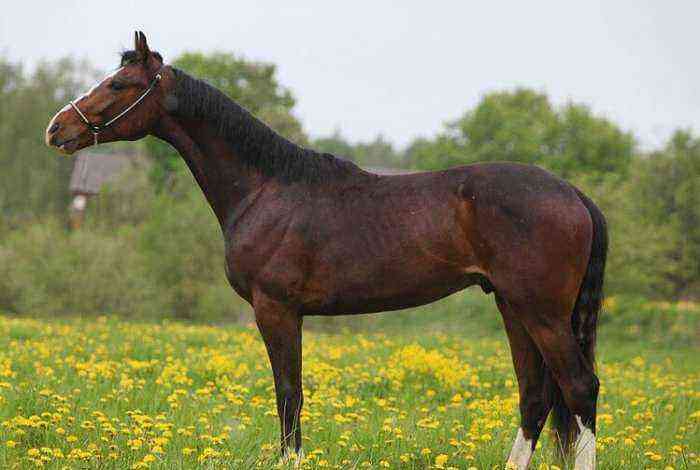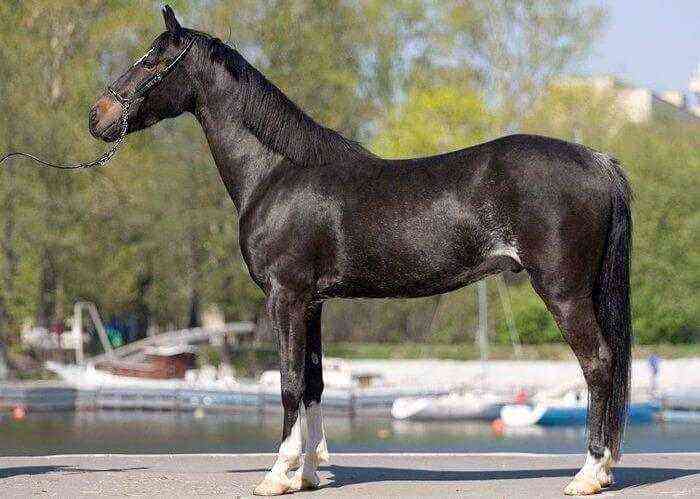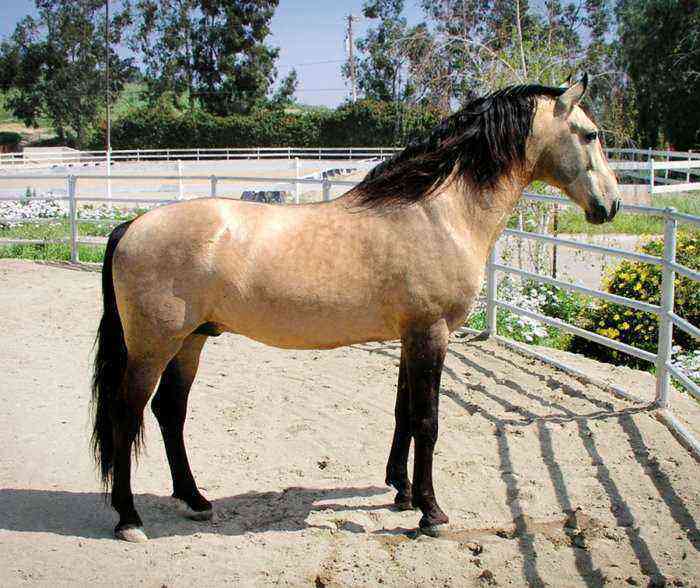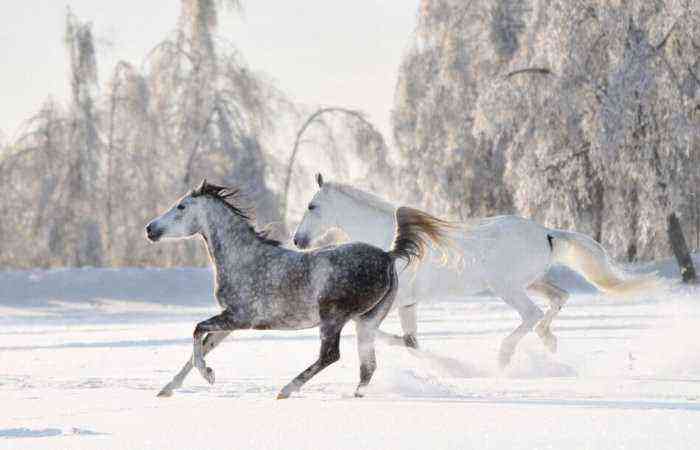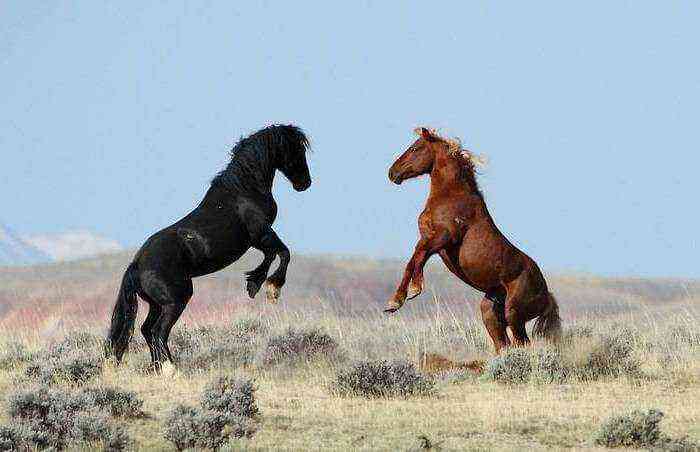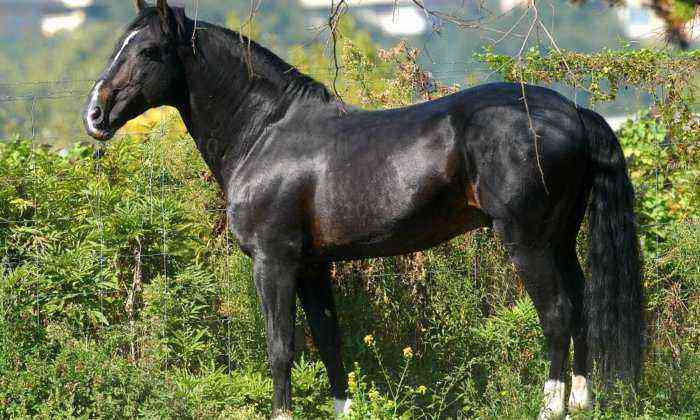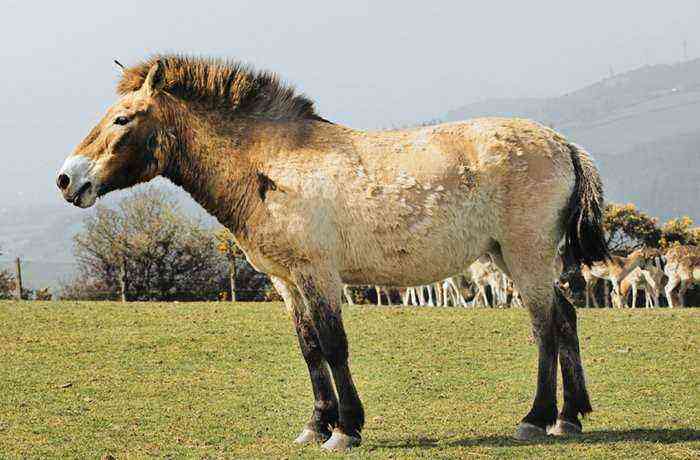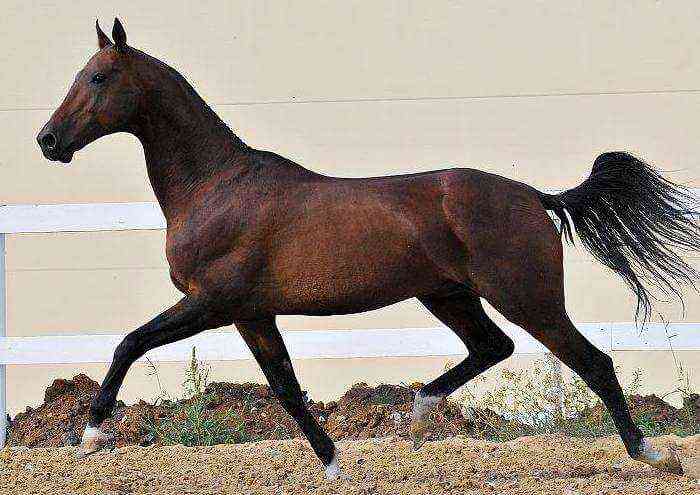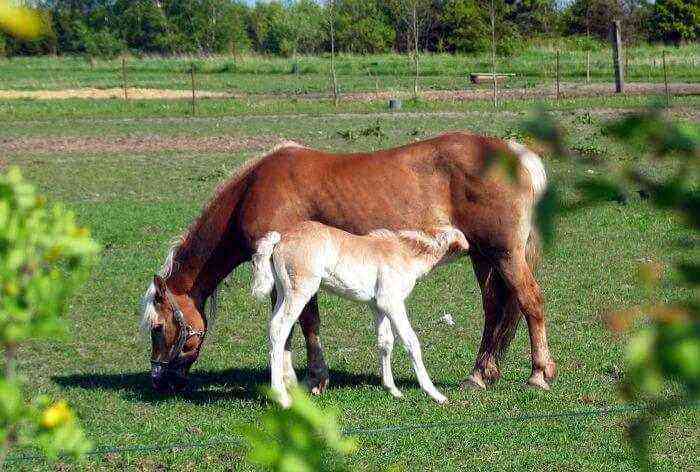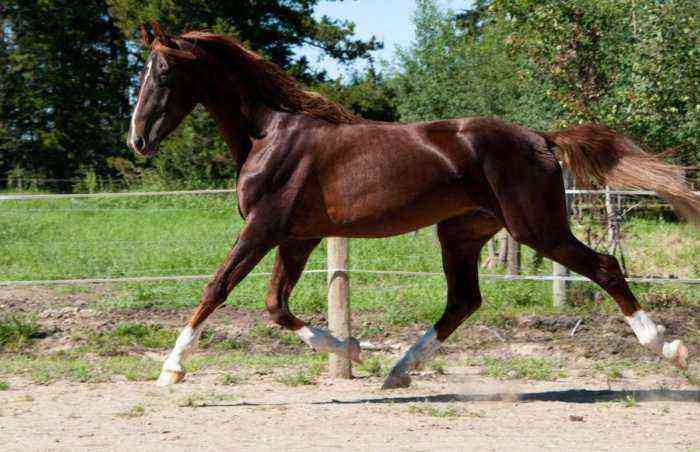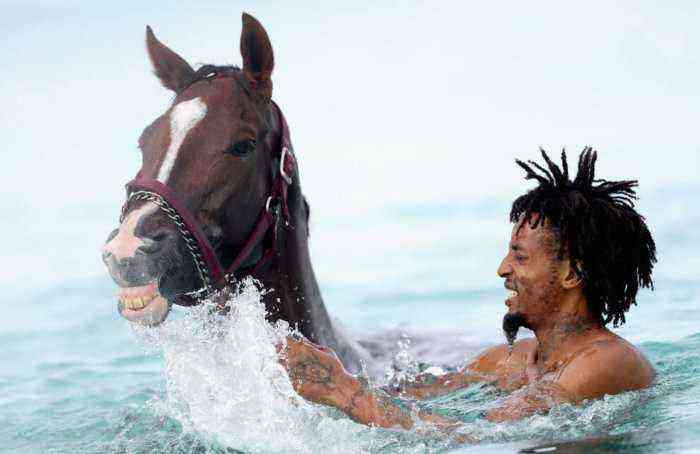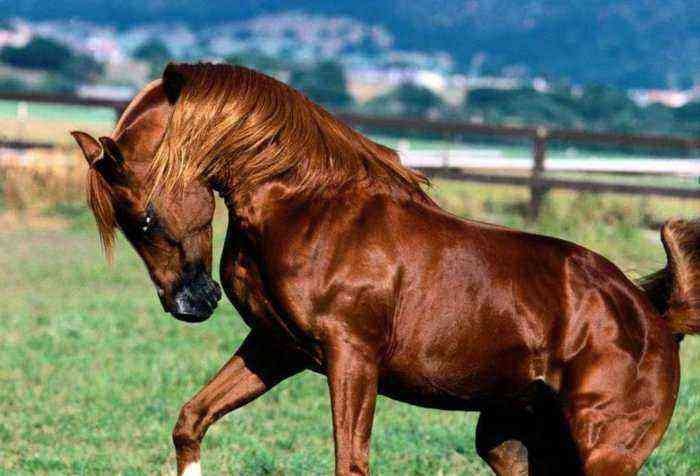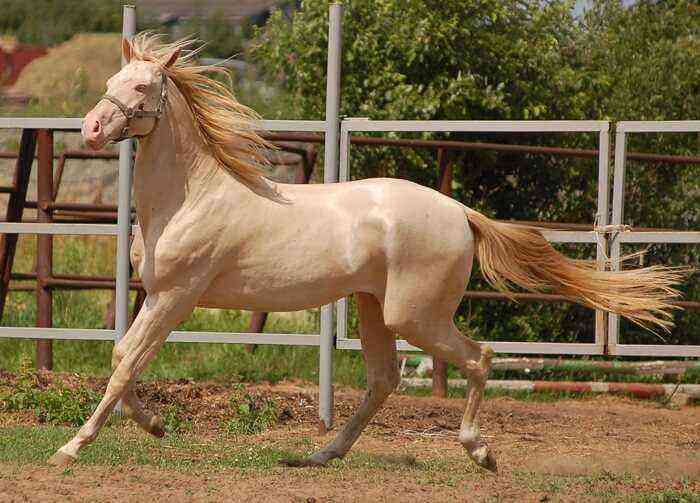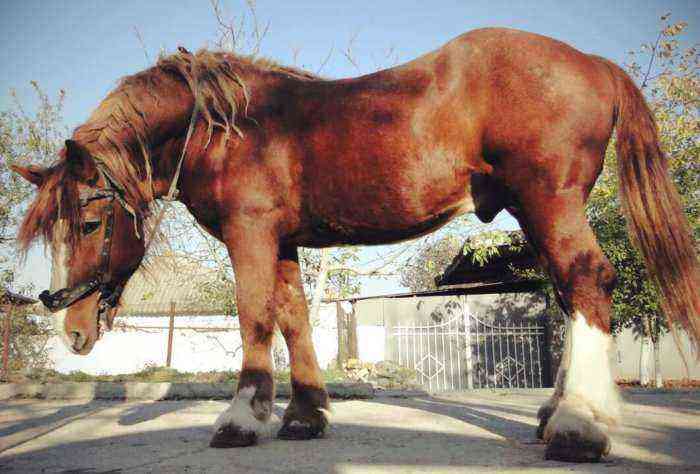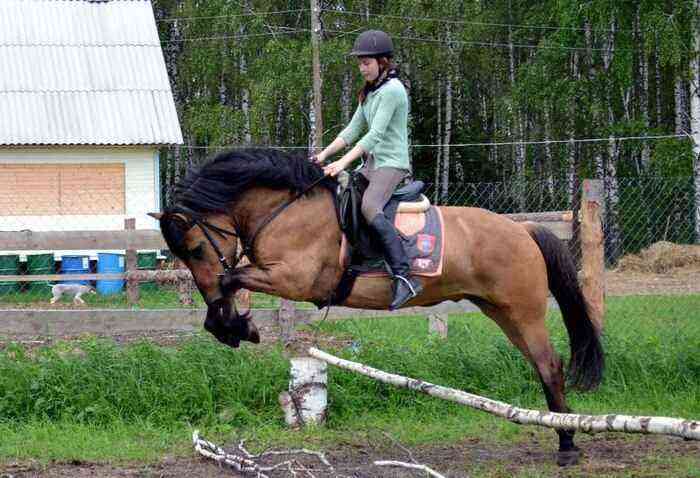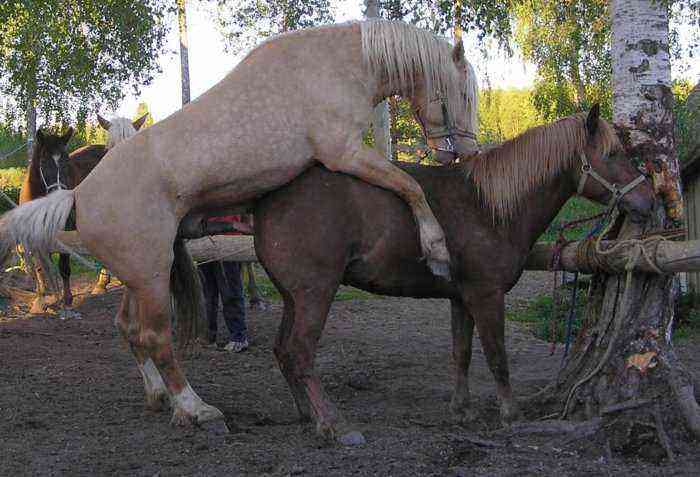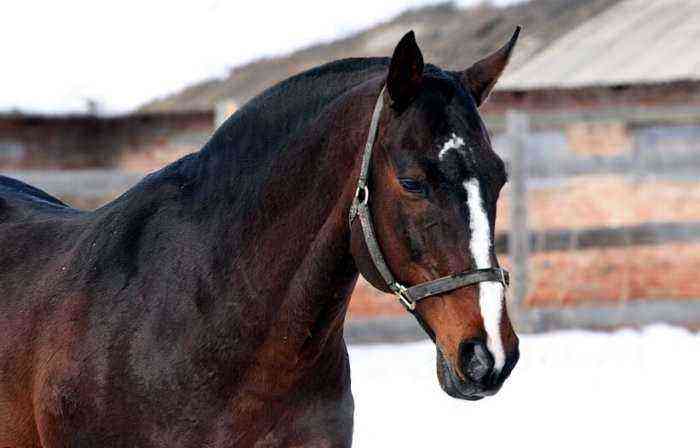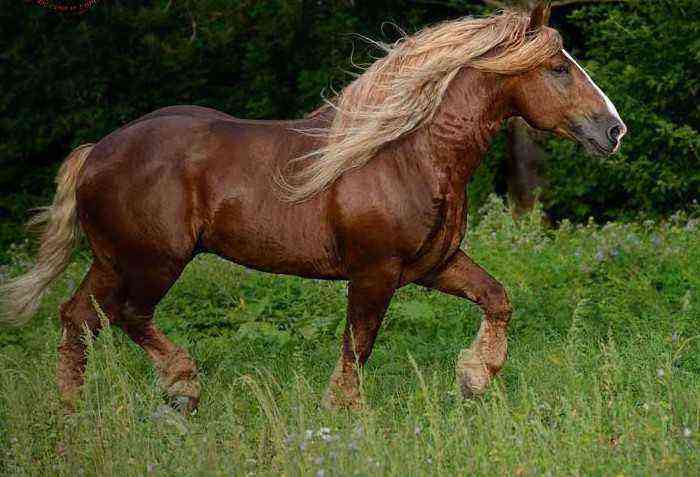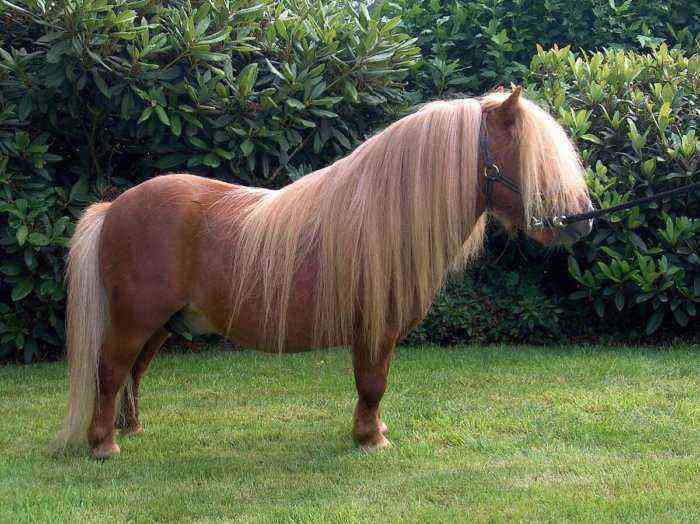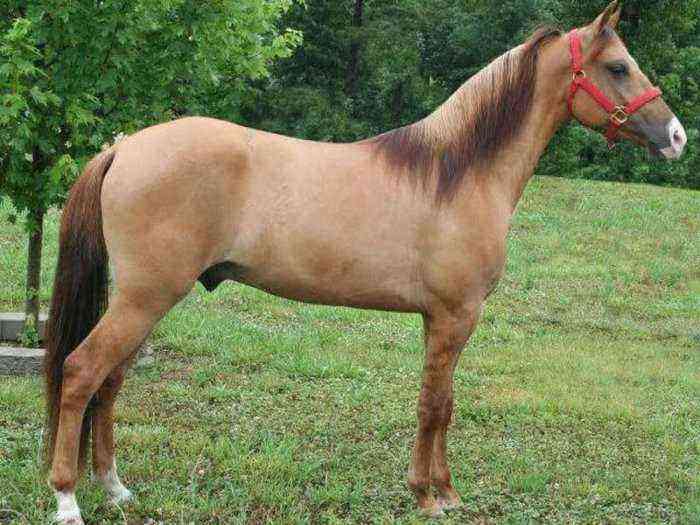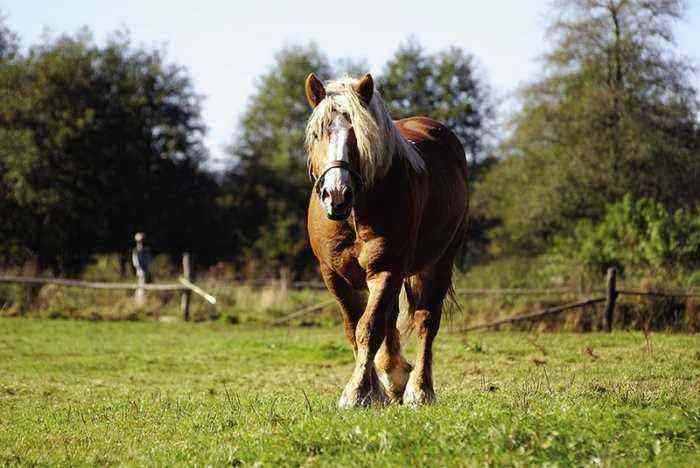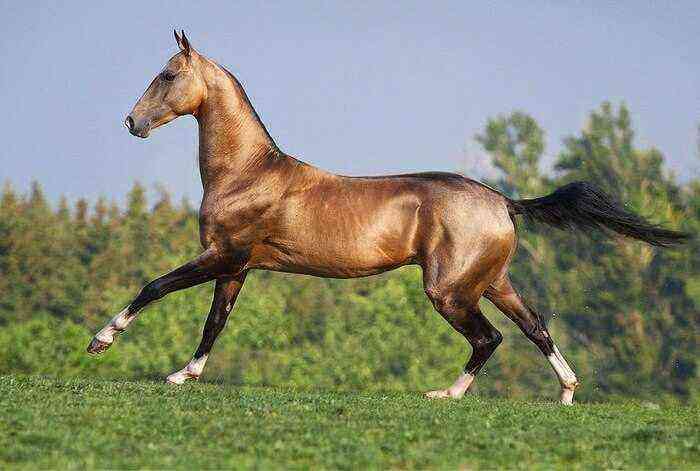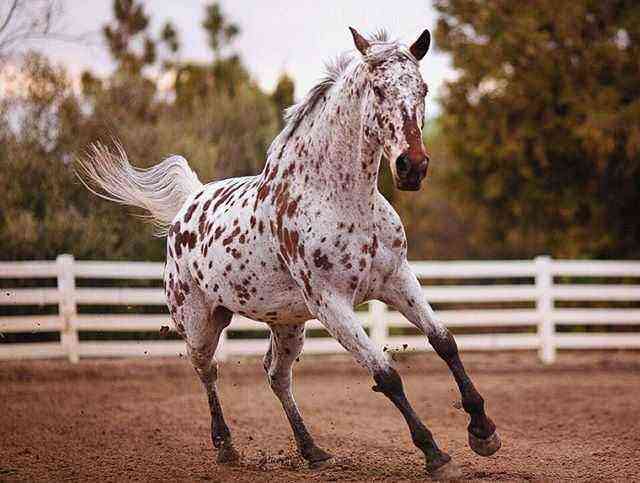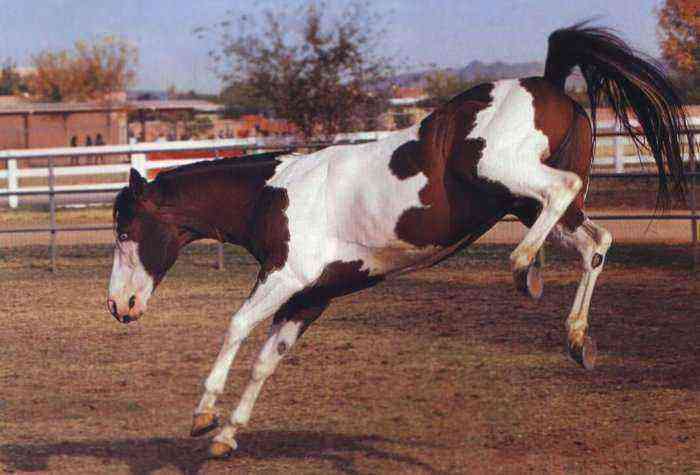Przewalski’s wild horse is a species discovered in 1878 near the Tang-La pass. At the beginning of the 11th century, there were 15–1000 of these animals, and now, thanks to the joint efforts of scientists and environmental organizations, their number exceeds XNUMX heads, of which almost half are in their natural habitat.
Przewalski’s wild horses
Discovery of Przewalski
During his second research expedition in the central part of Asia, Nikolai Przhevalsky, together with the scientists accompanying him, saw a herd of wild horses. They were strong horses of small stature with a large head and a rather thick neck. Their fur was sandy-red in color, and dark “socks” flaunted on the lower part of their legs. The animals were distinguished by a short mane and donkey-like tails.
The researcher became interested in an unknown species of horses, but he did not succeed in approaching the herd. For several weeks he hunted this joint and watched it from afar. Once Przhevalsky managed to see how a mare protected her foal from a predator attack. She trampled the wolf under her hooves. Companions of Nikolai Mikhailovich persuaded him to continue the expedition, but he did not agree, he could not afford to return home without a trophy.
The hunt for wild horses could have dragged on for several more months, if not for Przhevalsky’s comrade, Fedor Eklon. Having visited the dwelling of a Kirghiz hunter, he saw there the skin and skull of a horse. A friend of Nikolai Mikhailovich agreed on a profitable exchange – for the skin, he offered cartridges and a gun to the Kirghiz. So the remains of the wild species fell into the hands of the researcher.
Przhevalsky sent the material to the Zoological Center in St. Petersburg, where Polyakov Ivan Semyonovich studied it. He found out that the skin and bones of the skull belong to a species that has not been studied so far. Scientists have determined that the remains of a wild animal are not related to the donkey, nor are they related to domestic horses.. The set of chromosomes in the found species does not coincide with the latter.
Habitat
Scientists suggest that the ancestors of the Przewalski’s horse are tarpans. Their natural habitat was Mongolia, the western part of modern Kazakhstan and China. It was on Mongolian territory that a wild herd of squat horses was last seen. This happened in 1969. In the same place, it was possible to catch several individuals and, based on their genotype, recreate the population.
According to local residents, the number of livestock of these animals was greatly reduced at the beginning of 1945. At this time, a severe winter stood out in Mongolia – the thermometer then dropped to -40 degrees. Part of the livestock was destroyed by the Chinese-Mongolian troops.
Przewalski’s horses
Today, the Przewalski’s horse is protected and lives in the protected areas of Asia, Europe, and America. In the 90s of the XX century, scientists released several individuals in the Chernobyl area. According to the latest data, the animals feel great. For several years, 3 herds have formed in the exclusion zone.
External characteristics of the breed
Przewalski’s horse is an animal with a dense constitution, strong bones and well-developed muscles. Consider the features of the exterior of the breed:
- the average height of a male is 1,36 m;
- the head is rather large with coarse features;
- auricles are compact, pointed at the ends;
- the straight neck is massive, the withers are unexpressed;
- the body is short;
- back line is straight;
- croup downed oval;
- the chest is massive, deep, its girth is 1,55–1,59 m;
- legs are thin, straight with the correct setting;
- the stratum corneum of the hooves is even, strong, and has a glossy sheen.
Attention! By body type, Przewalski’s horses are close to riding horses, but, unlike cultivated breeds, they have a large head, which betrays their wild origin.
The breed is characterized by a savras color – a sandy shade of wool with blackouts on the lower part of the legs. There is a dark stripe along the entire length of the back along the spinal column. The mane of the horses is short, so it always remains upright. The bangs are missing. In most individuals, the hair in the nose area is colored white, and in some it is yellow-brown. The tail of wild horses has its own characteristics – at the base, the hair on it is short and colored in the color of the suit, and its end is covered with long dark hair.
Behavior, lifestyle and nutrition of wild horses
Wild horses in nature form herds or shoals, consisting of a stallion leader, several mares and their offspring. Each group has about 15–20 individuals, sometimes more. Animals are constantly exploring new places in search of food. The main female leads the herd, and the task of the leader is to monitor the safety of the group. He usually walks behind, protecting the rest from the attack of predators.
Wild horses form herds in nature
The group includes male foals up to three years old. When they reach this age, the leader drives them away. Young stallions wander alone or form their own herds, to which older individuals are nailed, unable to defend themselves.
Przewalski’s horses feed on pasture – grasses growing in the steppe, cereal crops. In winter, they have to get food from under the snow, digging it with their hooves. Animals graze early in the morning or at dusk. They prefer to stay on elevated places with a good view. When mares and foals are resting, the leader is responsible for their safety. Hearing a noise or seeing predators, he begins to neigh loudly, as if declaring an alarm.
Reference. If danger overtook the herd, the stallions form a circle, inside of which there are young animals and females. Males turn their backs to the enemy and fight off with their hooves.
Reproduction and education of offspring
Sexual maturity in wild horses occurs at the age of 2-3 years. Hunting in mares appears in the warm season. Pregnancy lasts 11,5 months. Each female gives birth to one baby. Since the birth of foals for the most part occurs in the summer, when there is enough food in the steppes, they grow quickly, receiving nutritious mother’s milk.
Already 2 weeks after birth, the foals begin to eat green vegetation, although for several months the mother feeds them with milk. Having reached the age of three, young males leave their native herd.
The main problem that scientists had to face is inbreeding. This is a closely related crossing of wild horses, because the entire modern population of the species descended from 11 or 15 individuals caught in Dzungaria at the beginning of the XNUMXth century. To avoid mutations and degeneration of the species, it was decided to strictly select animals for reproduction and exchange stallions between breeding centers. According to scientists, the revival of this line is quite a feasible task.


